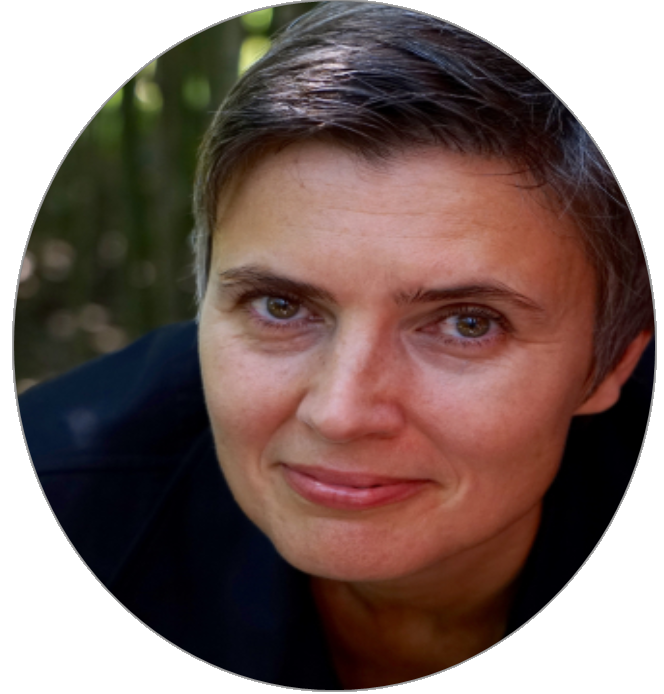TUTORIALS

Michele COSCIA
IT University of Copenhagen, Denmark
Node Vector Distances: Methods and Applications
Michele is an associate professor at IT University of Copenhagen since 2020. He mainly works on algorithms for the analysis of complex networks, with methods spanning from Computer Science to physics, and on applying the extracted knowledge to a variety of problems, including economic development, human mobility, and the analysis of ideological polarization. His background is in Digital Humanities, connecting new technologies with a classical education. He has a PhD in CS, obtained in 2012 at the University of Pisa. In the past, he visited Barabasi's CCNR at Northeastern University, and worked with Ricardo Hausmann for 6 years at the Center for International Development, Harvard University.
-
How quickly is a disease spreading through a social network? How diversified is a country in a network of related exported products? How polarized is the online discourse on social media? These seemingly unrelated questions can be answered with a common toolbox: they all require to compare different types of node attributes. In this workshop, you will learn how to apply Node Vector Distance techniques: given two node attributes -- represented as vectors -- how far the two are on a network structure? Are they correlated when we take into account not only the value of a node itself, but also the values of its neighbors? Or simply: how spread out in the network is an attribute? The workshop will make you familiar with ways to translate concepts such as Euclidean distance, Pearson correlation, and variance, when the vectors do not live in an Euclidean space, but on the complex landscape that is the topology of a network.

Adriana IAMNITCHI
Maastricht University, Netherlands
Modelling Information Diffusion in Social Media: Data-Driven Observations
Adriana Iamnitchi is Professor, Chair of Computational Social Sciences at Maastricht University. Her research spans different aspects of data and computer science, with a particular focus on social media forensics, network science, and distributed systems. Until recently she has been a professor of computer science in the United States, where her work was funded by the National Science Foundation, Office for Naval Research, and DARPA. She holds a PhD in Computer Science from The University of Chicago and is an ACM Distinguished Member, IEEE Senior Member, and recipient of the National Science Foundation CAREER award.
-
Accurately modeling information diffusion within and across social media platforms has many practical applications, such as estimating the size of the audience exposed to a particular narrative or testing intervention techniques for addressing misinformation. However, it turns out that real data reveal phenomena that pose significant challenges to modeling: events in the physical world affect in varying ways conversations on different social media platforms; coordinated influence campaigns may swing discussions in unexpected directions; a platform’s algorithms direct who sees which message. This tutorial will review the state of the art in modelling information diffusion in social media on multiple platforms and discuss challenges and opportunities for modeling such processes in diverse contexts, from political crises to coordinated disinformation campaigns.
